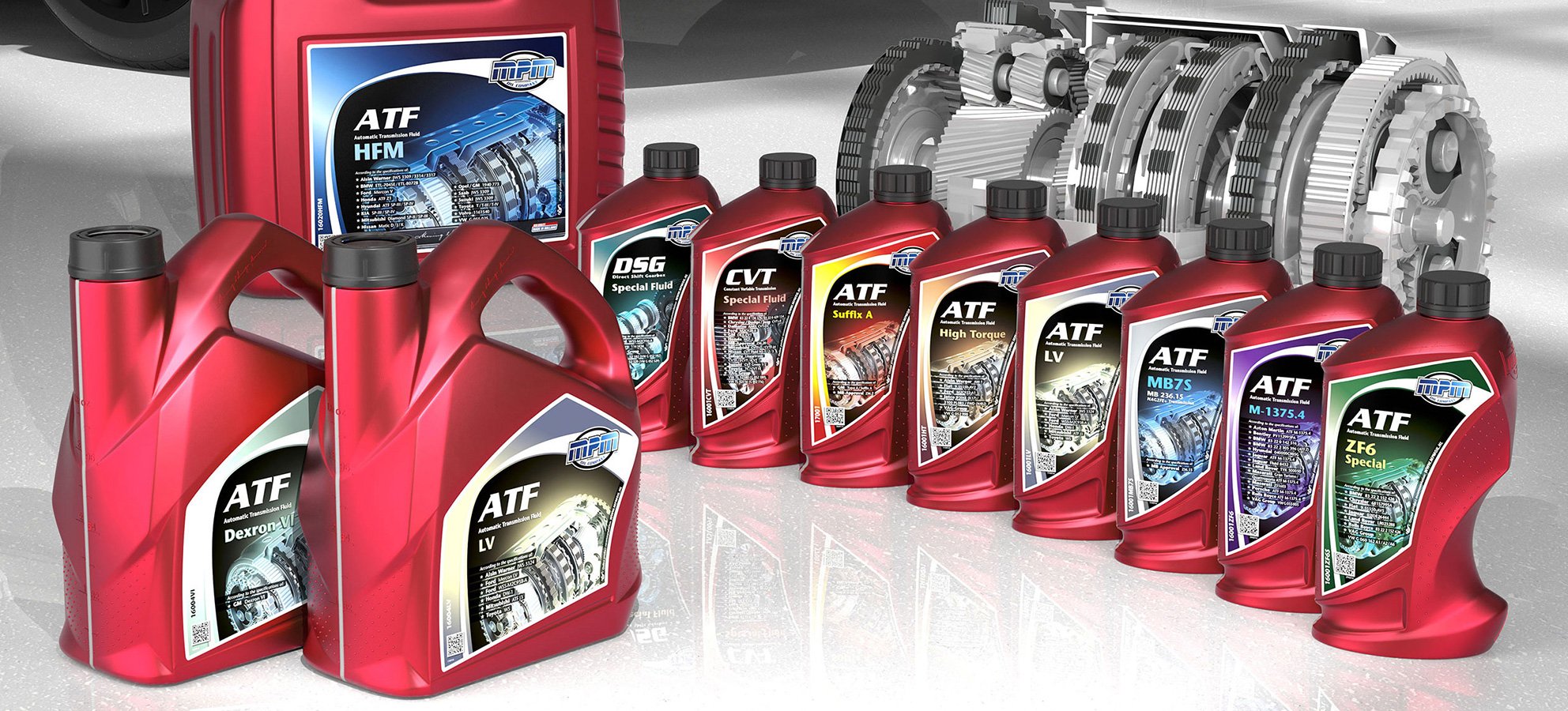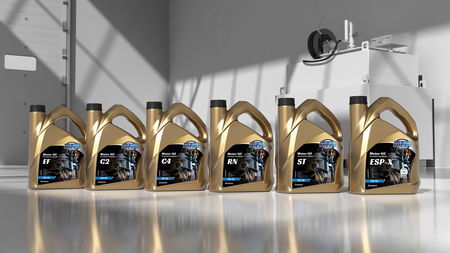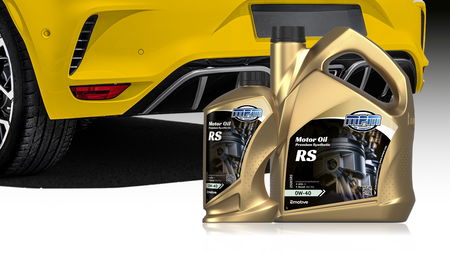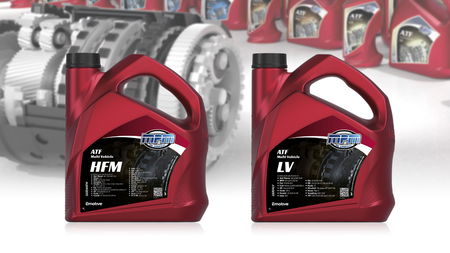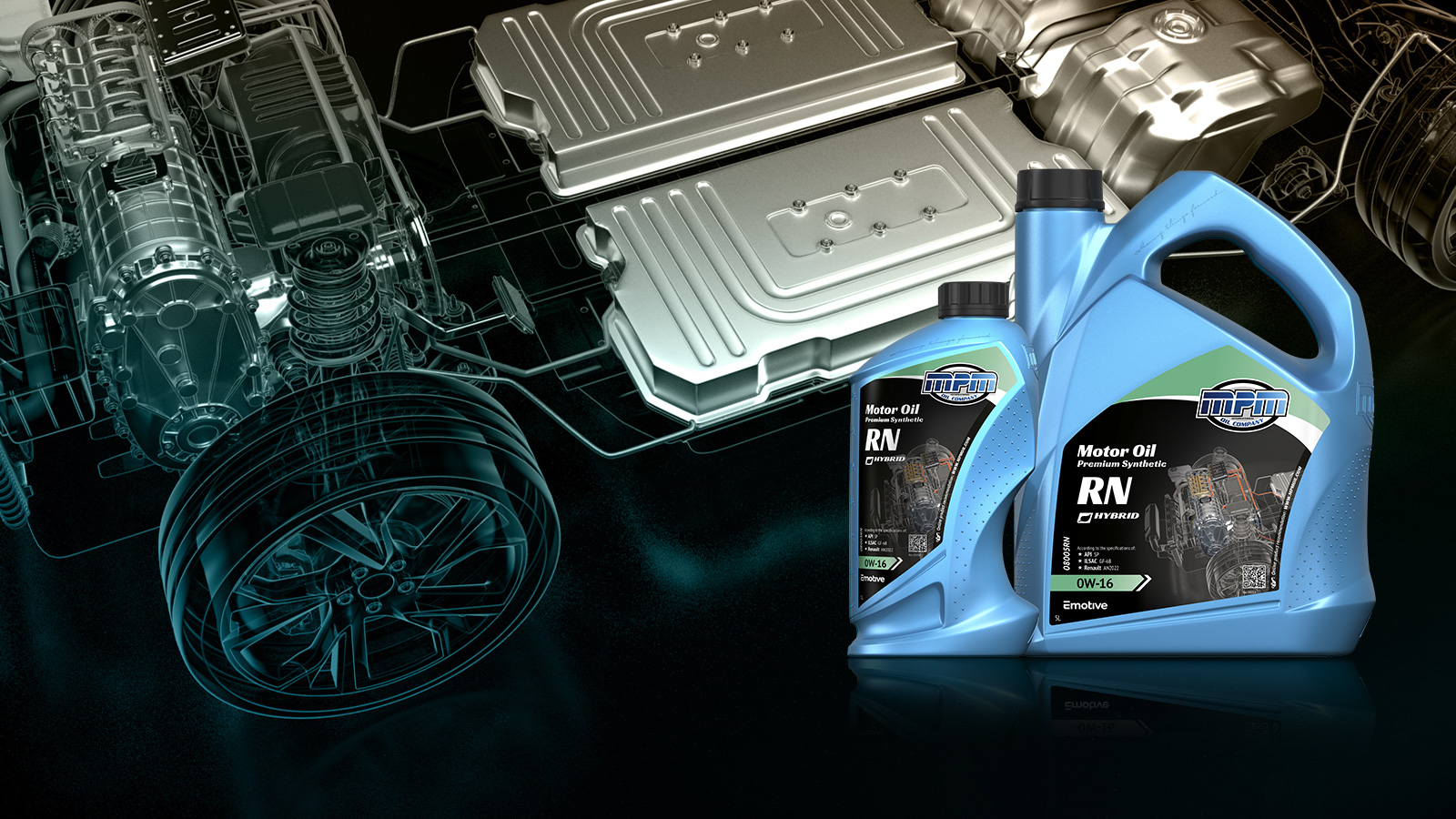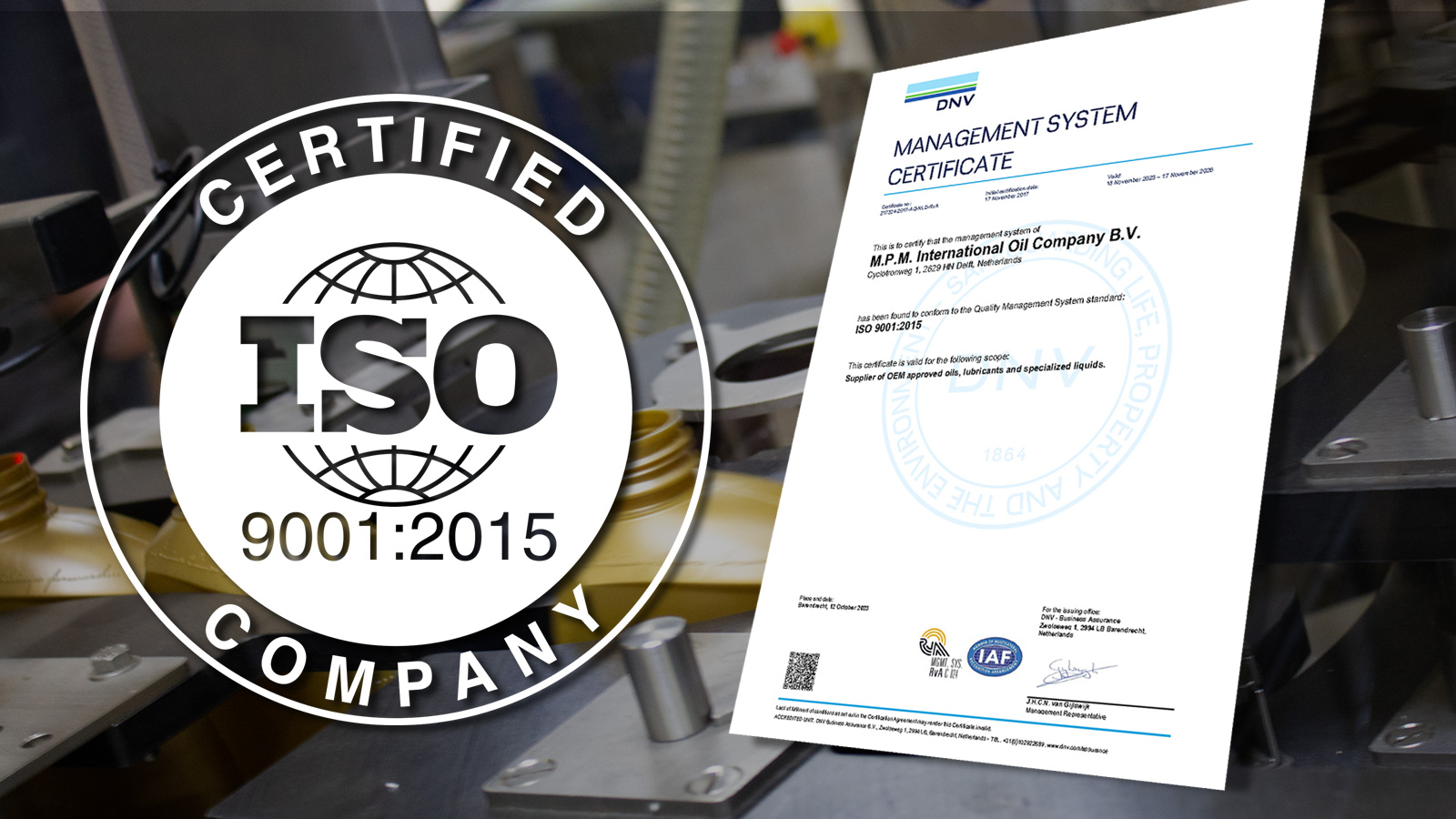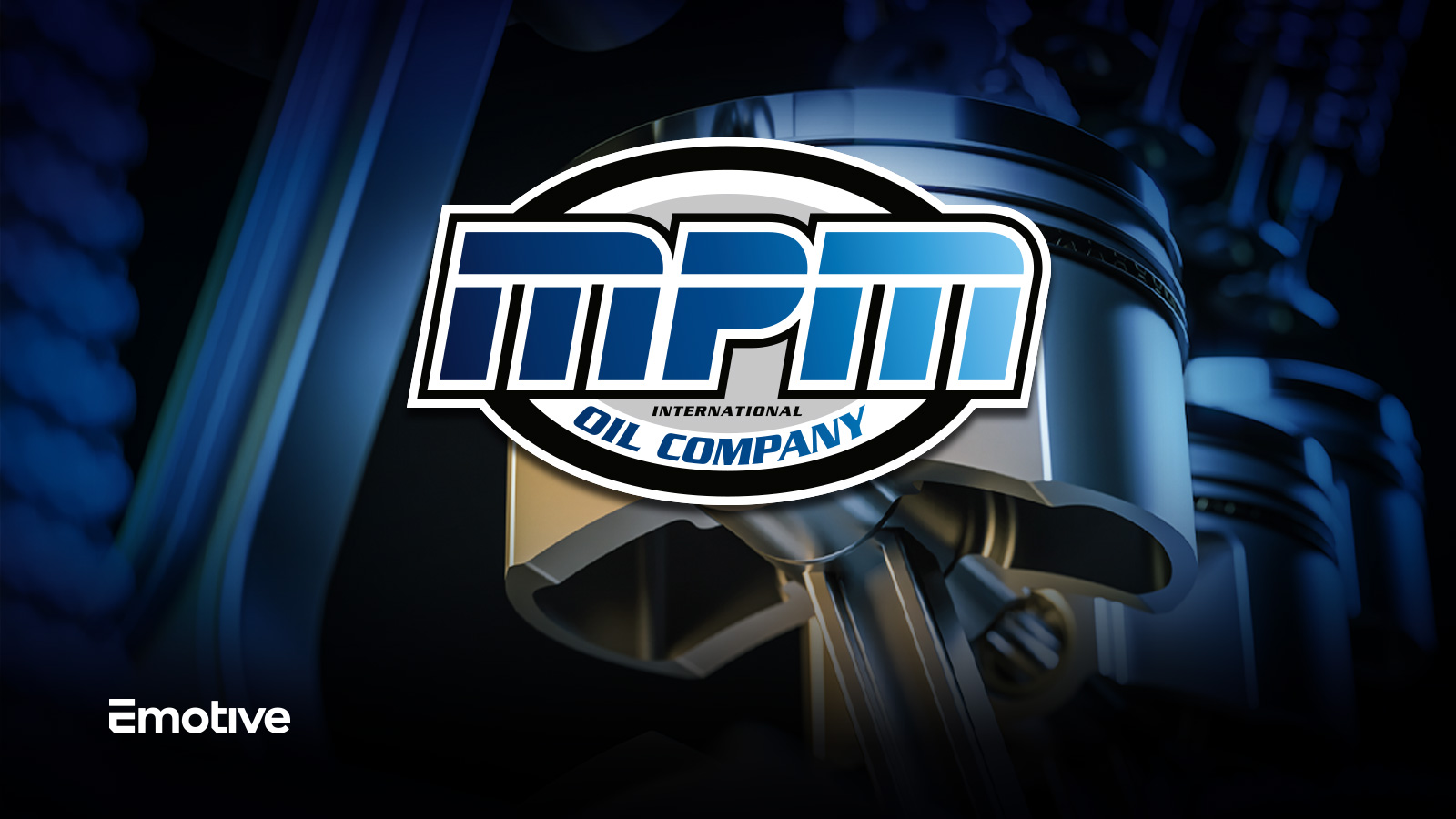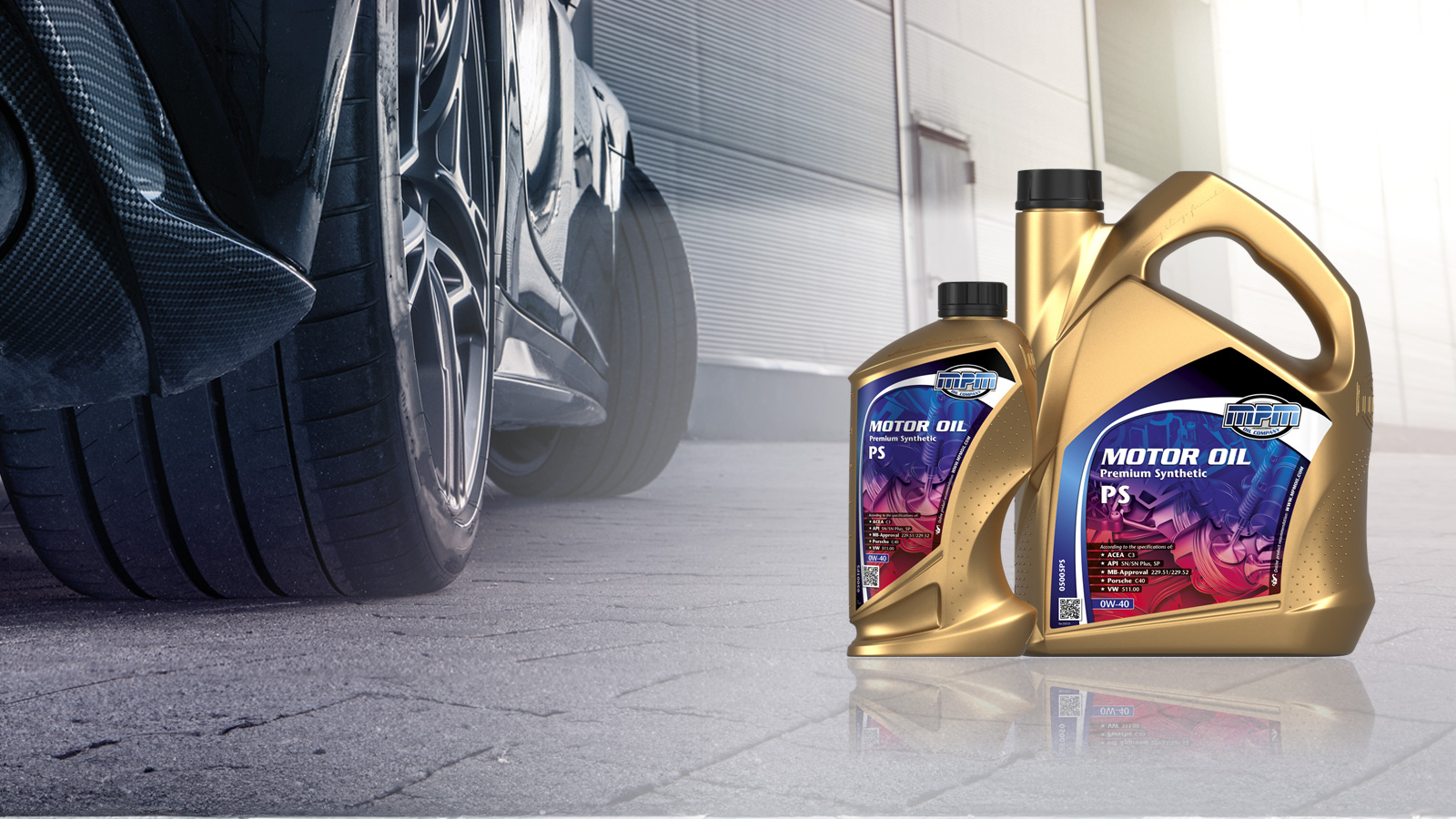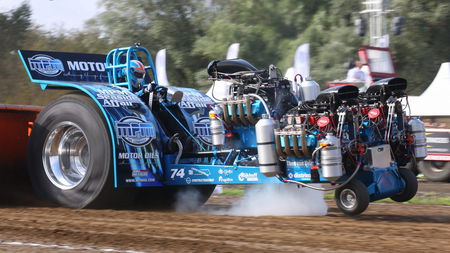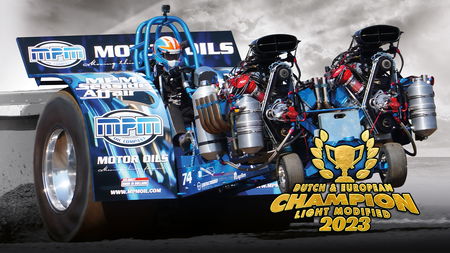In Europe, ever more new cars are being delivered with an automatic transmission. The reason for this of course is greater comfort, but also the arrival of (semi) autonomous driving.
The latter requires an automatic transmission. With functions such as “distance control” and “traffic-jam assist”, cars can drive semi automatically between 0 and, for example, 130 km per hour. The different types of automatic transmission systems require very specific fluids to ensure that the transmission functions smoothly and without interruption during the entire service life. This fluid must be changed on time so that the transmission continues to function properly. In this newsletter you can read more about automatic transmissions and the required fluids.
Overview of the different types of automatic transmissions
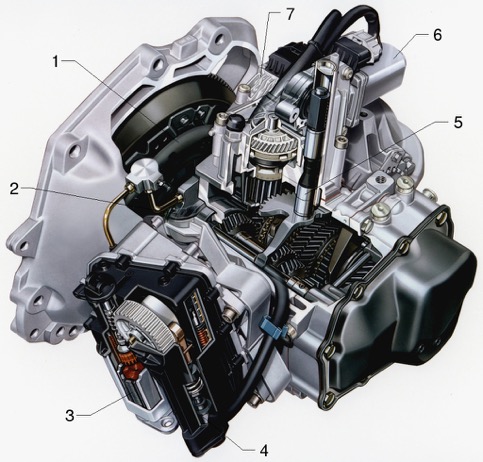
AMT - Automatic Manual Transmission
(automated manual transmission)
Many drivers experience this system as an automatic transmission, but it is in fact a manual gearbox operated by a “robot”. Examples of such a transmission are the Opel Easytronic and Alfa Romeo Selespeed transmissions.
Fluids required for the AMT transmission:
Change cycle: these are comparable to those of manual transmissions.
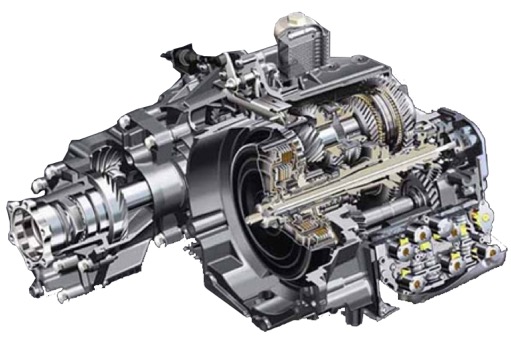
DCT - Double Clutch Transmission
(double plate clutch transmission)
This system is a gearbox with double clutch and two axles. The odd gears and the even gears lie on two separate axes. The system is called DSG (Direct Shift Gear) by the VAG group. These transmissions can be fitted with a dry or a wet clutch; in case of the wet clutch, the plates operate in a fluid bath.
Fluids that may be necessary for the DSG transmission:
- if it is a version with “wet” clutch, fluid for the coupling plates is used (16000DCTF)
- fluid for the transmission section (e.g. 16000DSG)
- fluid for the control, actuator section (e.g. 50000)
Change cycle: DCT / DSG transmissions must absolutely be refreshed on time, at the intervals specified by the manufacturer. Usually this is between 60,000 and 120,000 kilometers.
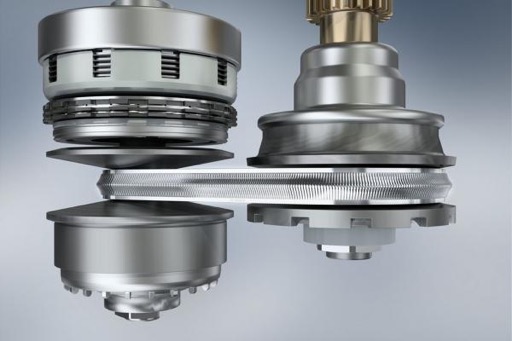
CVT Continue variabele transmissie (CVT)
This system has no fixed gears. The speed is determined with the accelerator pedal and the CVT causes the car to accelerate. The heart of the CVT transmission is formed by a so-called push belt or chain. This push belt or chain runs over two pulleys of which the diameters vary, which results in a stepless, continuously adjustable transmission. CVTs are often used by Japanese car manufacturers, but the Audi Mulitronic is also a CVT transmission.
Fluids required for the CVT transmission:
- CVT fluid, (for example 16000CVT)
Change cycle: with CVT transmission, usually between 60,000 and 120,000 kilometers.
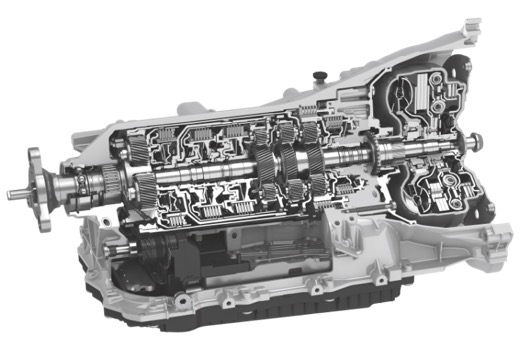
Automatic Transmission (AT)
This refers to the convetional automatic transmission with torque converter.
The automatic transmission of a modern car requires timely and adequate service. There are different manufacturers that produce different systems of automatic transmissions. They each determine different requirements for the transmission fluid. The differences can for example be found in the viscosity and frictional characteristic. The fluid for an AT type transmission is generally called ATF; Automatic Transmission Fluid. There are many brand / model specific requirements for ATF fluids, an example is the 16000MB9 for a 9-speed Mercedes Benz automatic transmission.
Change period: Car brands sometimes indicate that flushing or changing the transmission fluid is not necessary. MPM recommends changing the fluid of the automatic transmission (AT) after approximately 90,000 kilometers to prevent repairs and high costs. With this type of transmission fluid stays behind in the torque converter (and oil cooler + hoses), so flushing and filling with new fluid is often better than changing.
Consequences of using the wrong transmission fluid
- The automatic gearbox jerks when changing gears.
- The automatic gearbox does not change gears in time.
- The automatic gearbox can’t maintain acceleration.
- The automatic gearbox doesn’t react (well) to kick-down.
- Engine revs fluctuate.
- The automatic gearbox slips.
- The fuel consumption is extremely high.
- Wear and damage due to lack of lubrication.
For technical questions:
Please contact MPM Technical Support.
In summary:
- Growing market share of cars with an automatic transmission.
- The operation of the different types of automatic transmissions is substantially different. The specific types of transmissions also require specific types of transmission fluids, prescribed by the car manufacturer.
- Automatic transmission fluids must be changed in time; there is no such thing as “filled for life”, despite car manufacturers sometimes promising this.
- Malfunctions and damage with automatic transmissions are prevented by using the correct fluid and by changing it on time.
Tips for the workshop:
- You will find filling manuals for automatic transmissions on the MPM website.
- Inform the customer that transmission fluid must be changed on time. “Filled for life” doesn’t exist.
- Never mix different types of automatic transmission fluids.
- Ensure that transmission fluid is up to standard. If the level is too low there is a risk of malfunctions or damage such as burnt wet clutch plates.
- If possible, first check for error codes. But always keep yourself informed about the operation of your customer’s automatic transmission through a test drive.
- Always collect the fluid separately and do a visual (color, wear parts) and odor test. Be alert for abnormalities and look for the cause. It is recommended to keep a fluid sample in case of doubt.
- You can get the transmission fluid analyzed via MPM.
- It’s better to flush automatic transmissions with torque converters (with or without an additive) instead of just changing the ATF fluid.
- The color of the automatic transmission fluid says nothing about the quality, but it does indicate whether the correct fluid is being used. In particular Mercedes Benz has various automatic transmissions that require a different type of fluid. The color of the fluid can help here (MB 236.14 is red; MB 236.15 is blue).
- Always use the specified transmission fluid! In case of doubt, check which specification is required for the relevant transmission.
